Adolescent back pain is a prevalent issue affecting a significant number of teenagers. A study published in Spine in 2006 shed light on the association between back pain and physical fitness in adolescents. The study's main finding highlighted the importance of isometric muscle endurance in the back extensors as a key factor in determining the risk of back pain. This article explores the implications of the study and discusses how improving isometric endurance strength, particularly with the help of Isophit, could be instrumental in reducing the incidence of back pain among adolescents.
The cross-sectional study examined a large population of 10,000 adolescents, making it one of the most comprehensive investigations of its kind. The researchers evaluated back pain together with various physical fitness measurements, including aerobic fitness, functional strength, flexibility, and physical activity level. The study revealed that back pain was relatively common among adolescents and had a significant association with low isometric muscle endurance in the back extensors. Interestingly, no significant links were found between back pain and the other measures of physical fitness after adjusting for muscle endurance.
Association Between Back Pain and Physical Fitness in Adolescents
The study's findings emphasize the crucial role of isometric muscle endurance in the prevention of back pain among adolescents. Isometric exercises involve maintaining a static muscle contraction without joint movement. Isophit, a specialized training method, focuses on improving isometric endurance strength. By engaging the back extensor muscles through targeted exercises, Isophit can help enhance muscle endurance and potentially reduce the risk of back pain in adolescents.
Isophit offers a controlled and efficient means of increasing the isometric strength endurance of the back extensor muscles. By gradually increasing the intensity and duration of isometric contractions, Isophit training can enhance the endurance capacity of these muscles. Strengthening the back extensors not only helps maintain spinal stability but also provides support to the spine, reducing the likelihood of strain and pain.
Additionally, Isophit training can benefit adolescents, particularly girls and taller individuals who are more susceptible to back pain. By addressing the specific muscle endurance deficits observed in these groups, Isophit can help mitigate the risk factors associated with back pain.
Adolescent back pain is a prevalent concern, and the 2006 study by Andersen et al. highlighted the significant association between back pain and low isometric muscle endurance in the back extensors. Isophit training offers a promising approach to address this issue by improving isometric endurance strength. By incorporating Isophit exercises into their routine, adolescents can strengthen their back extensors, reducing the risk of back pain.
If you have any questions regarding the article or would like to learn more about Isophit and its benefits for improving functional health and performance, please feel free to email me at brad@isophit.com.
Yours in Isometric Strength,
Brad Thorpe
CEO / Inventor
Isophit

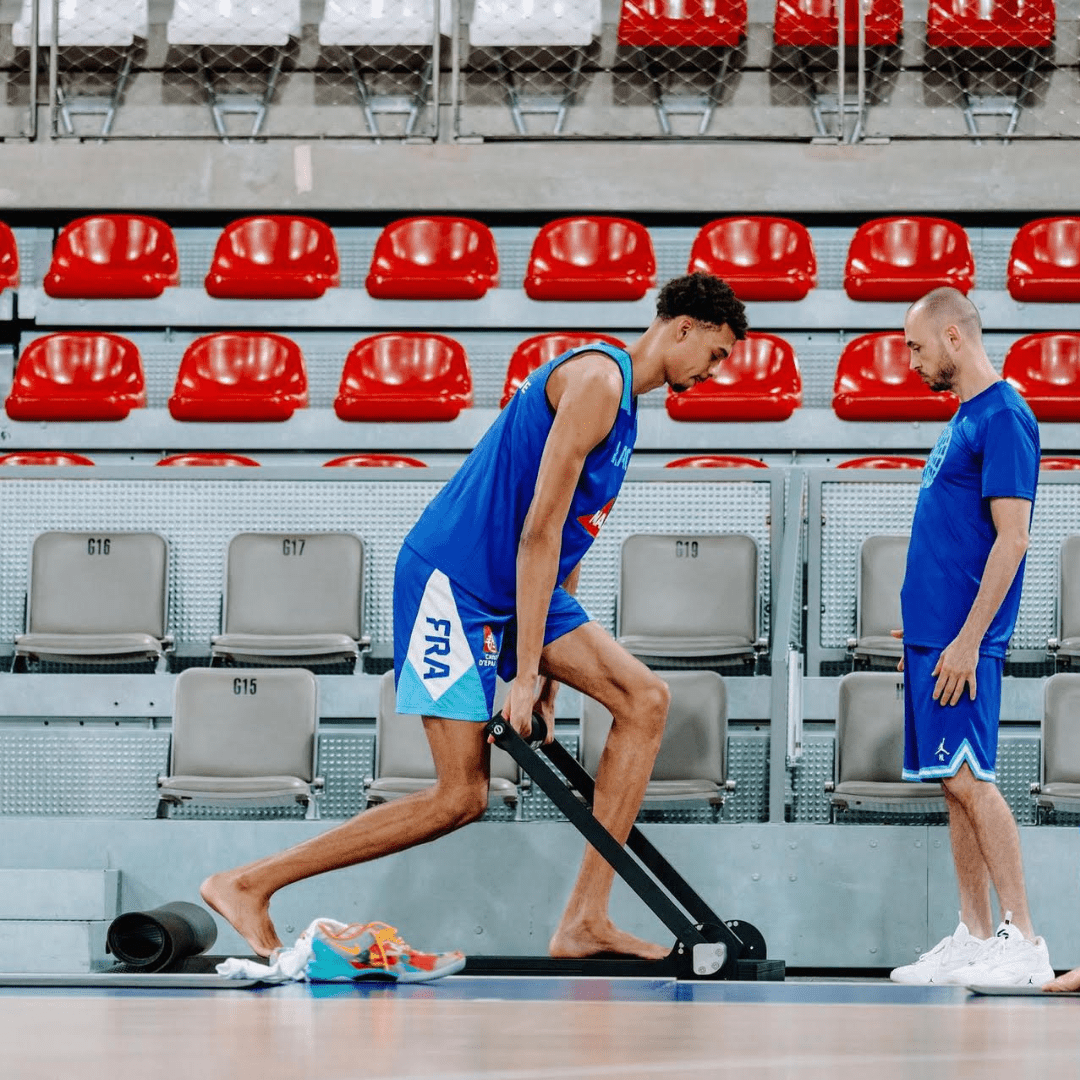
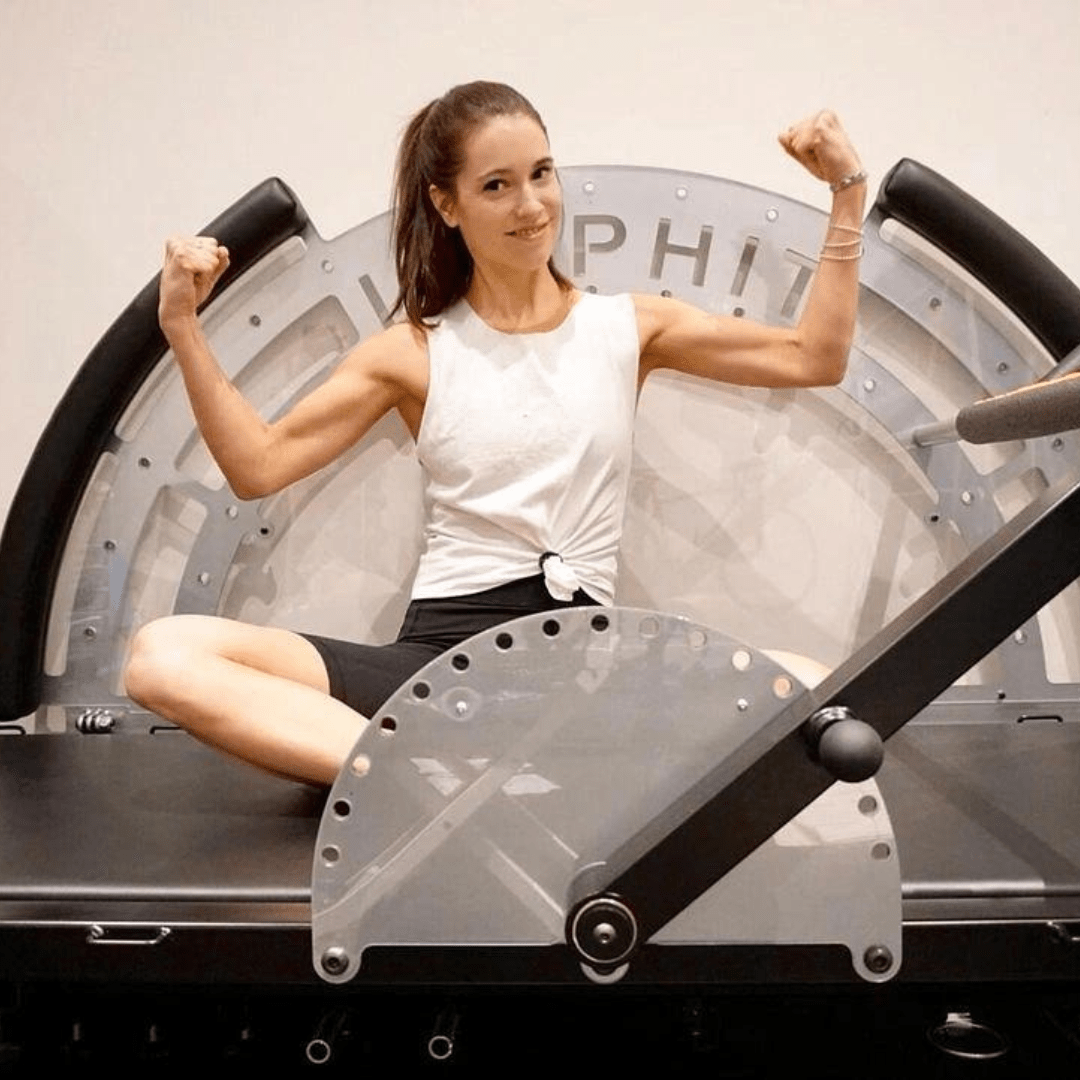

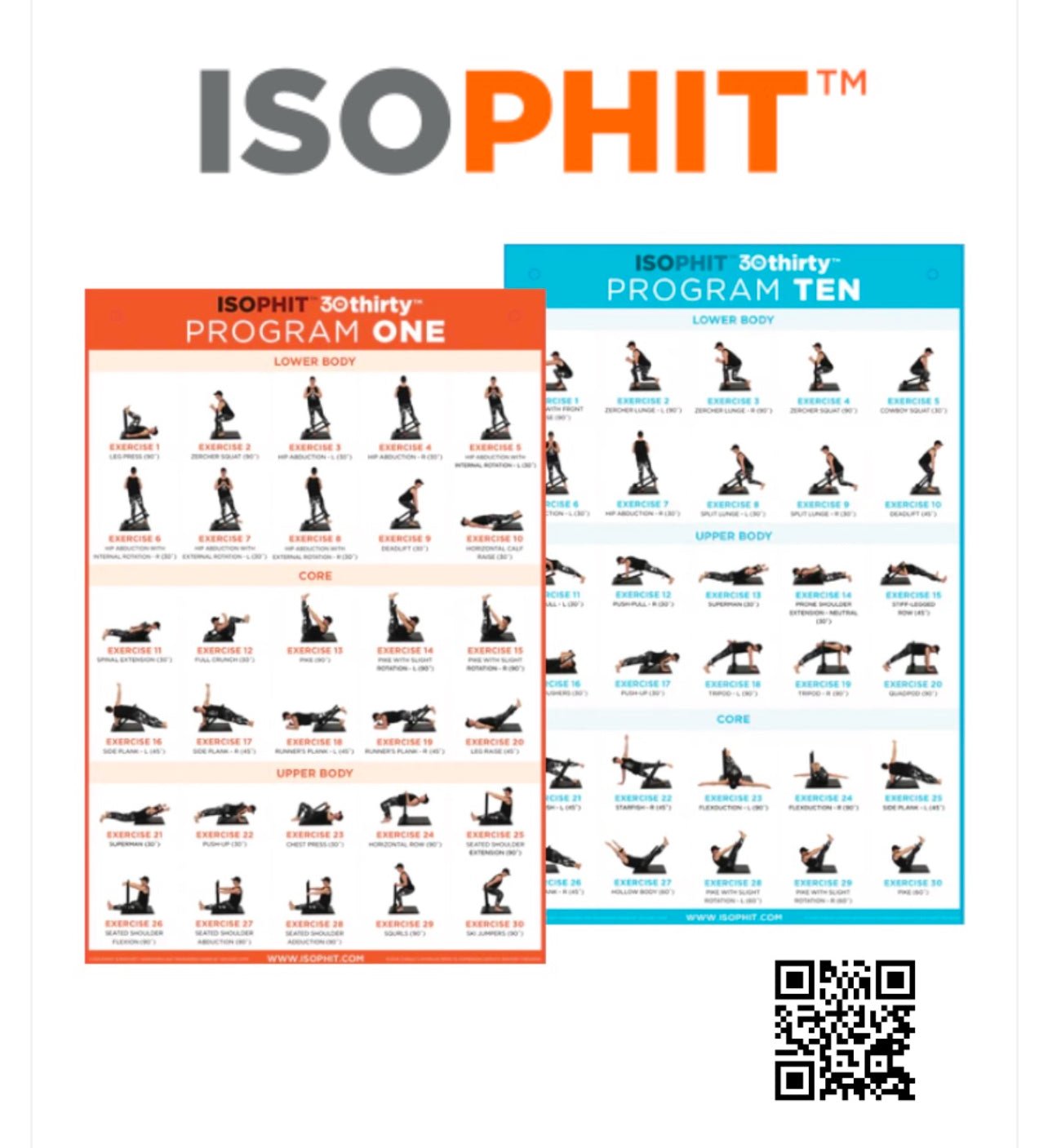
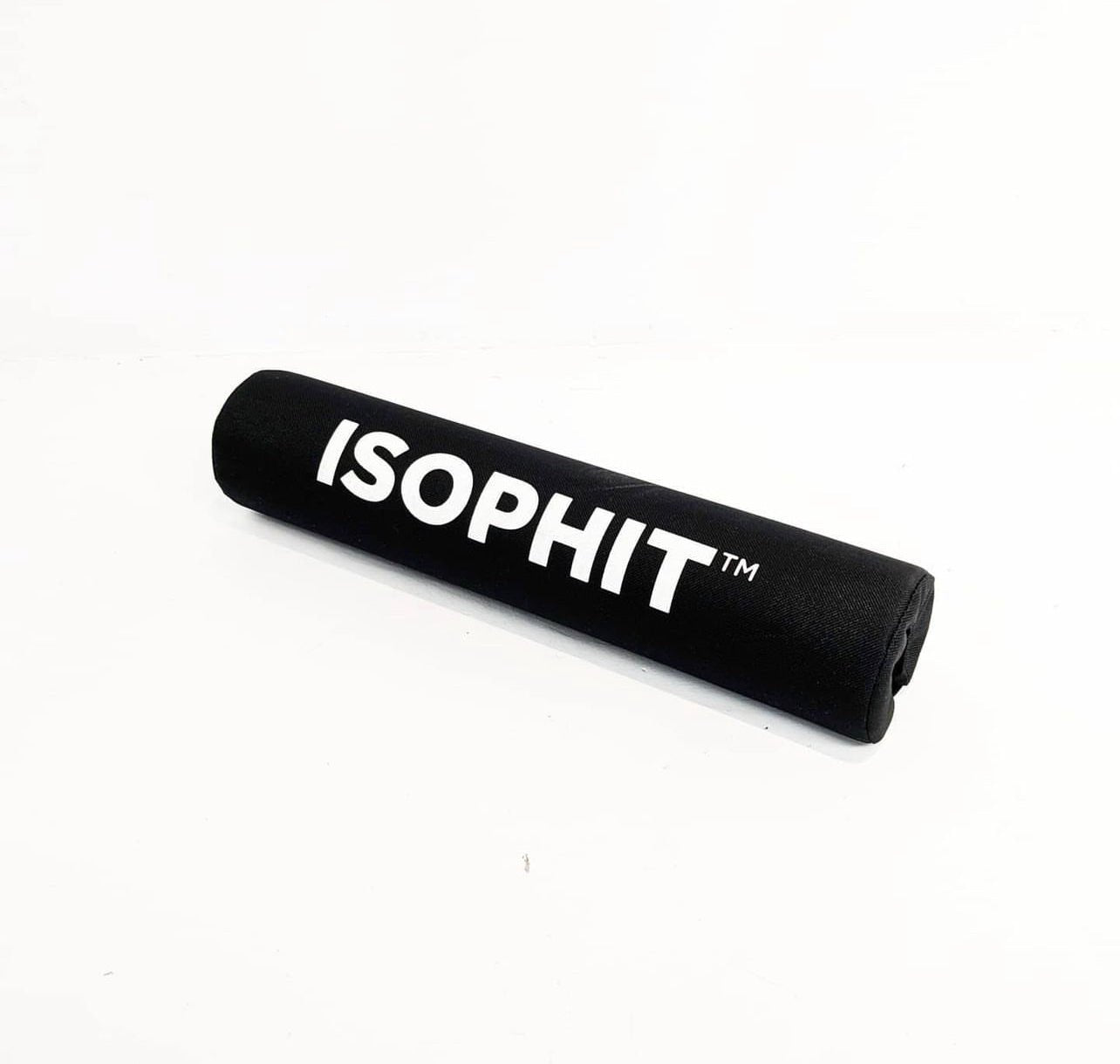
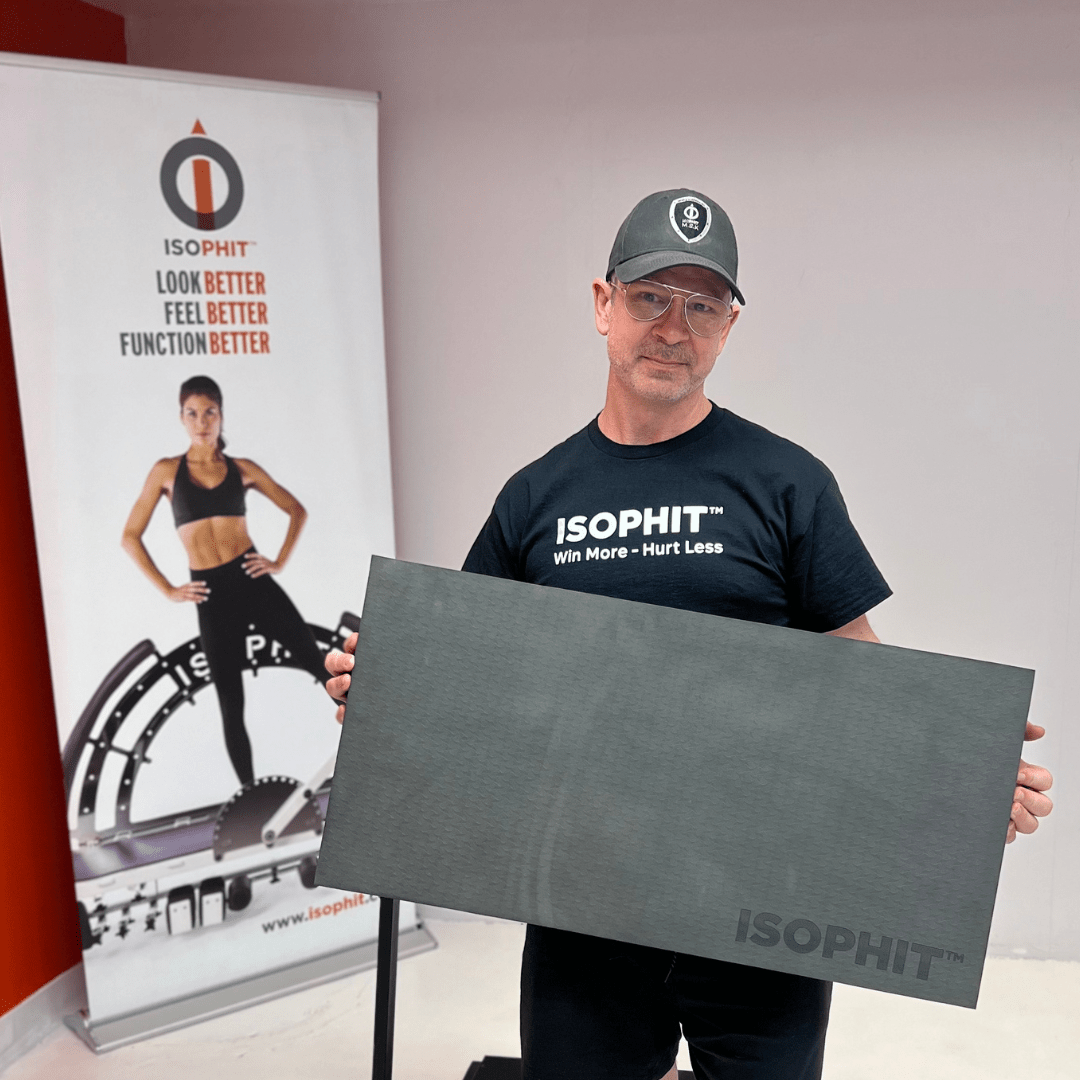
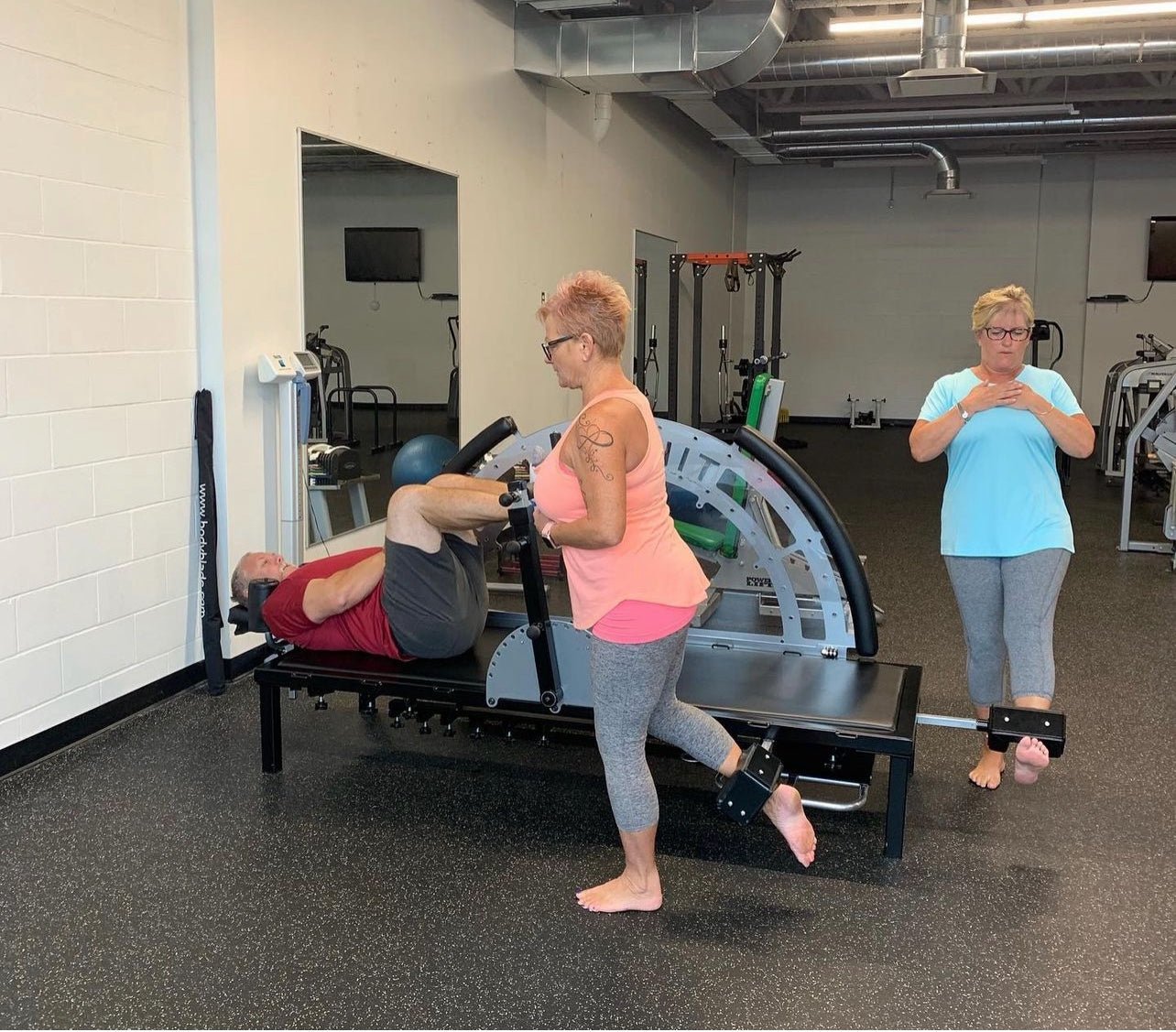
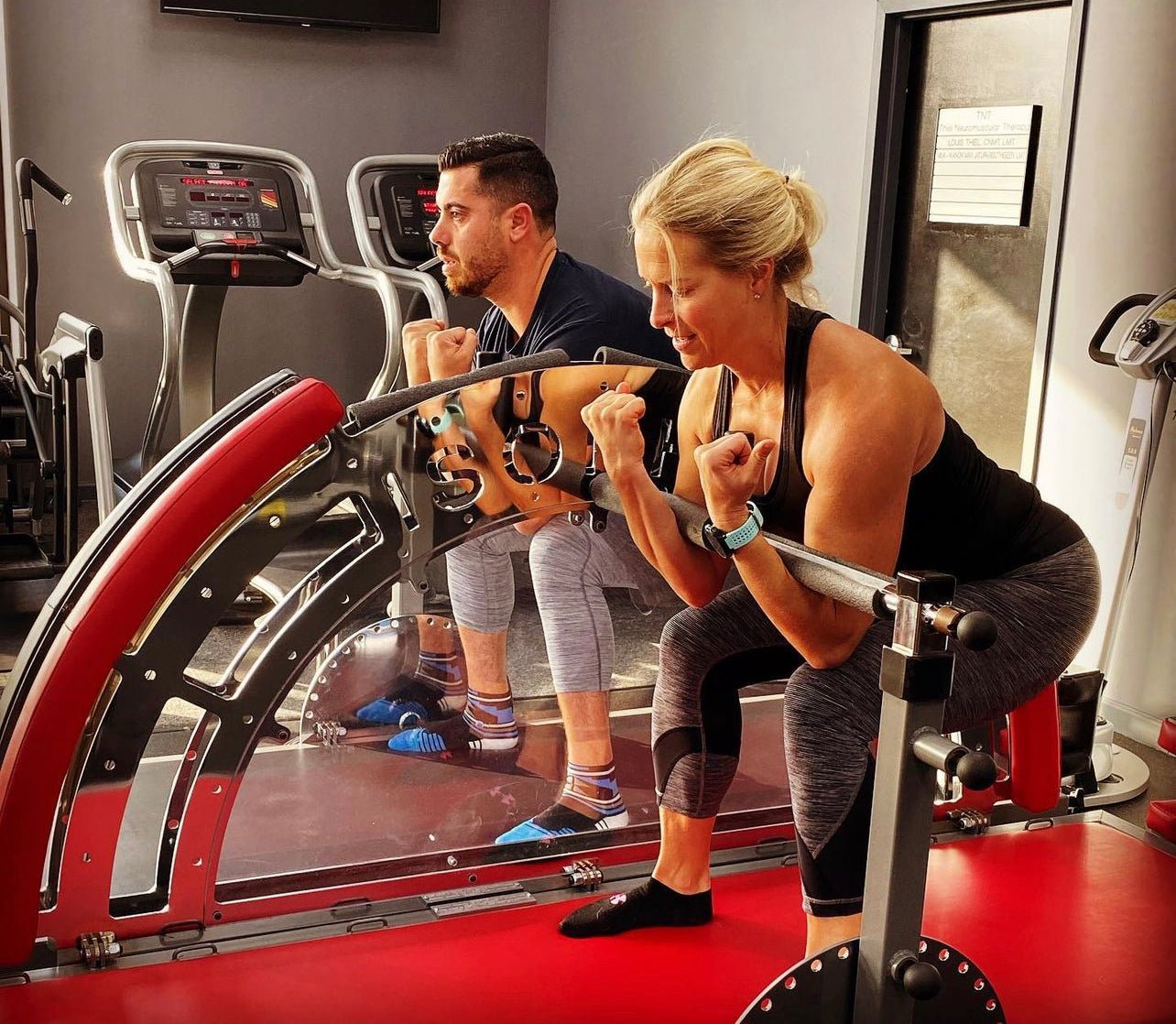
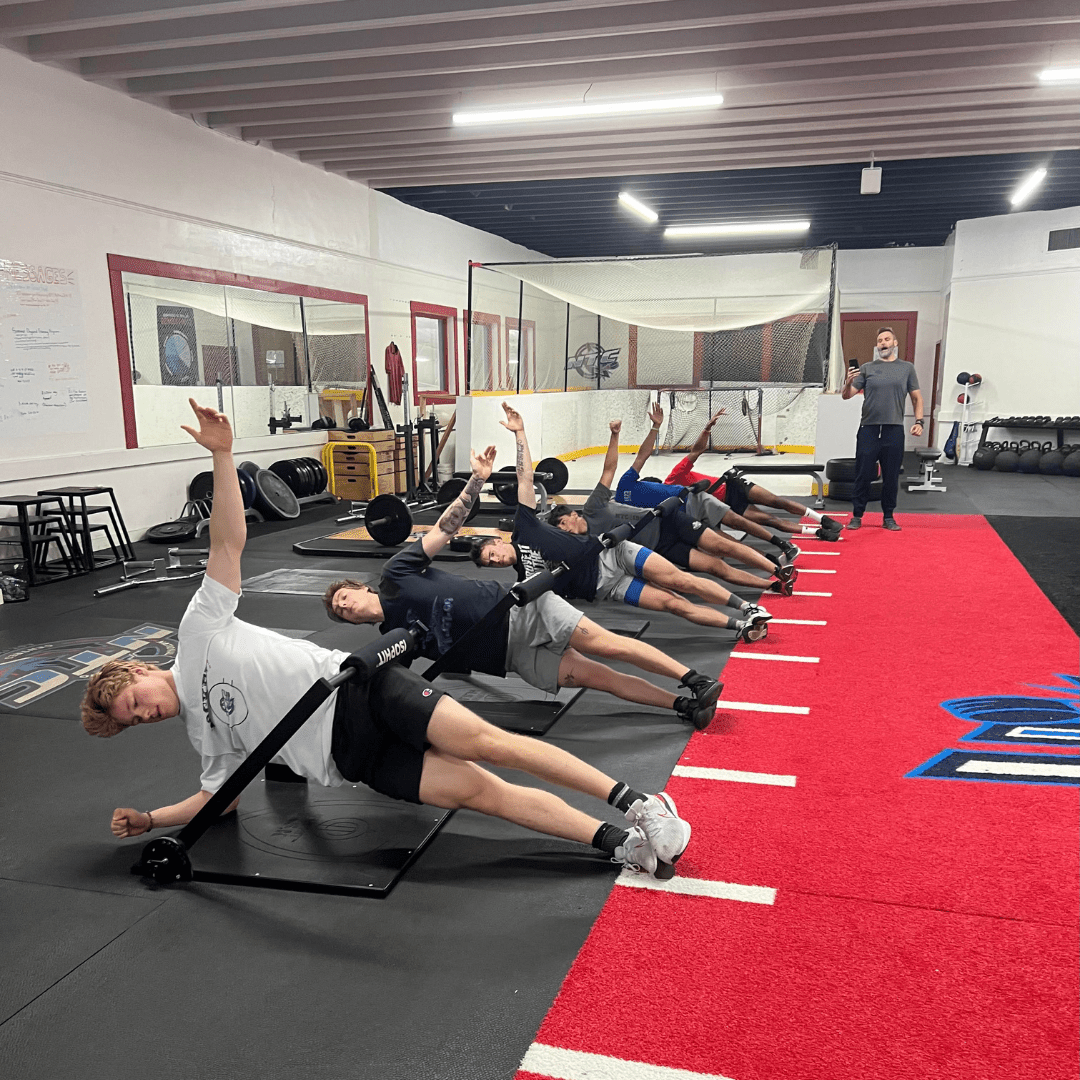
Share:
Isophit: Depression and Anxiety Linked to Poor Isometric Muscle Strength and Asymmetry.
Isophit: Swing Batter Batter Swing.